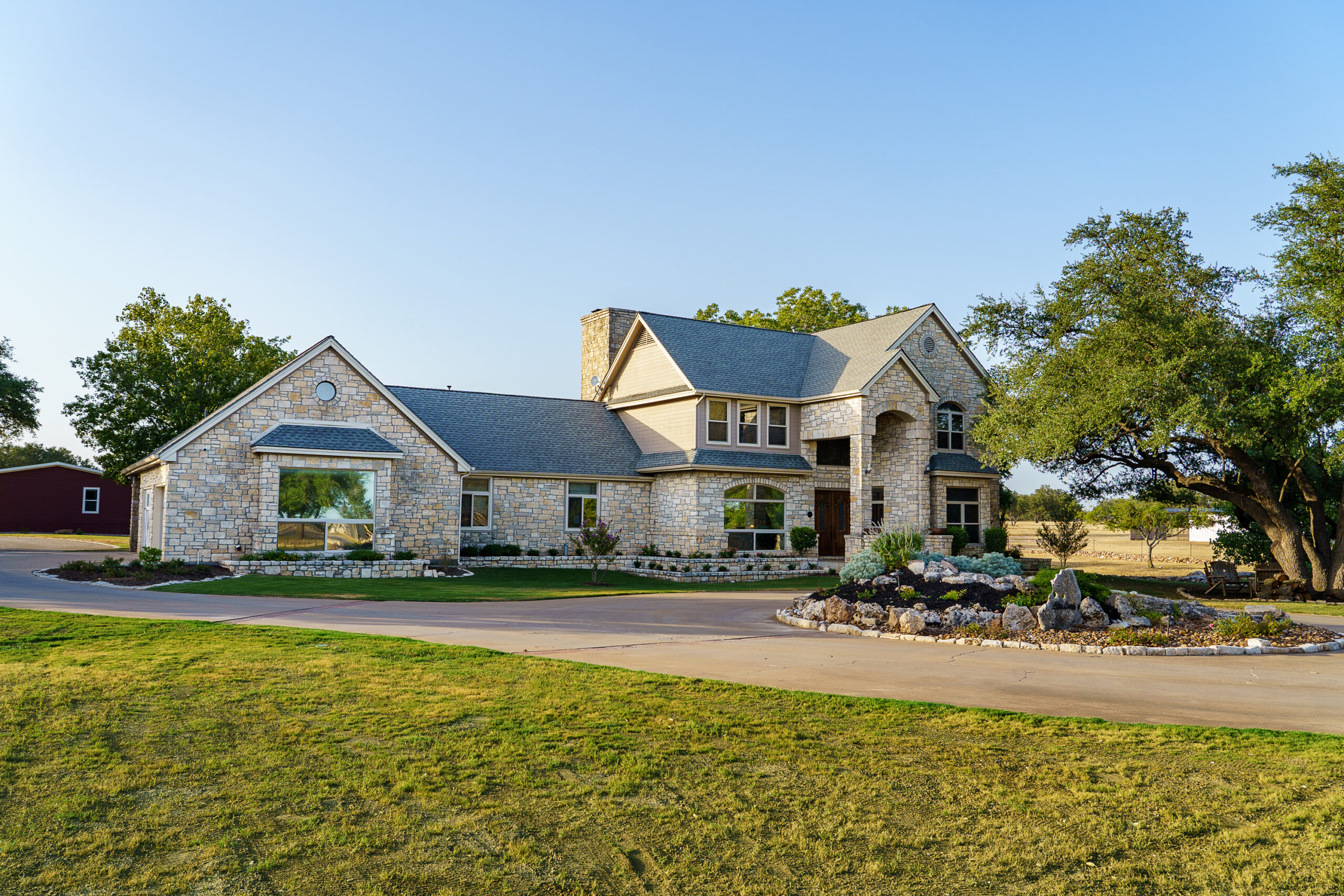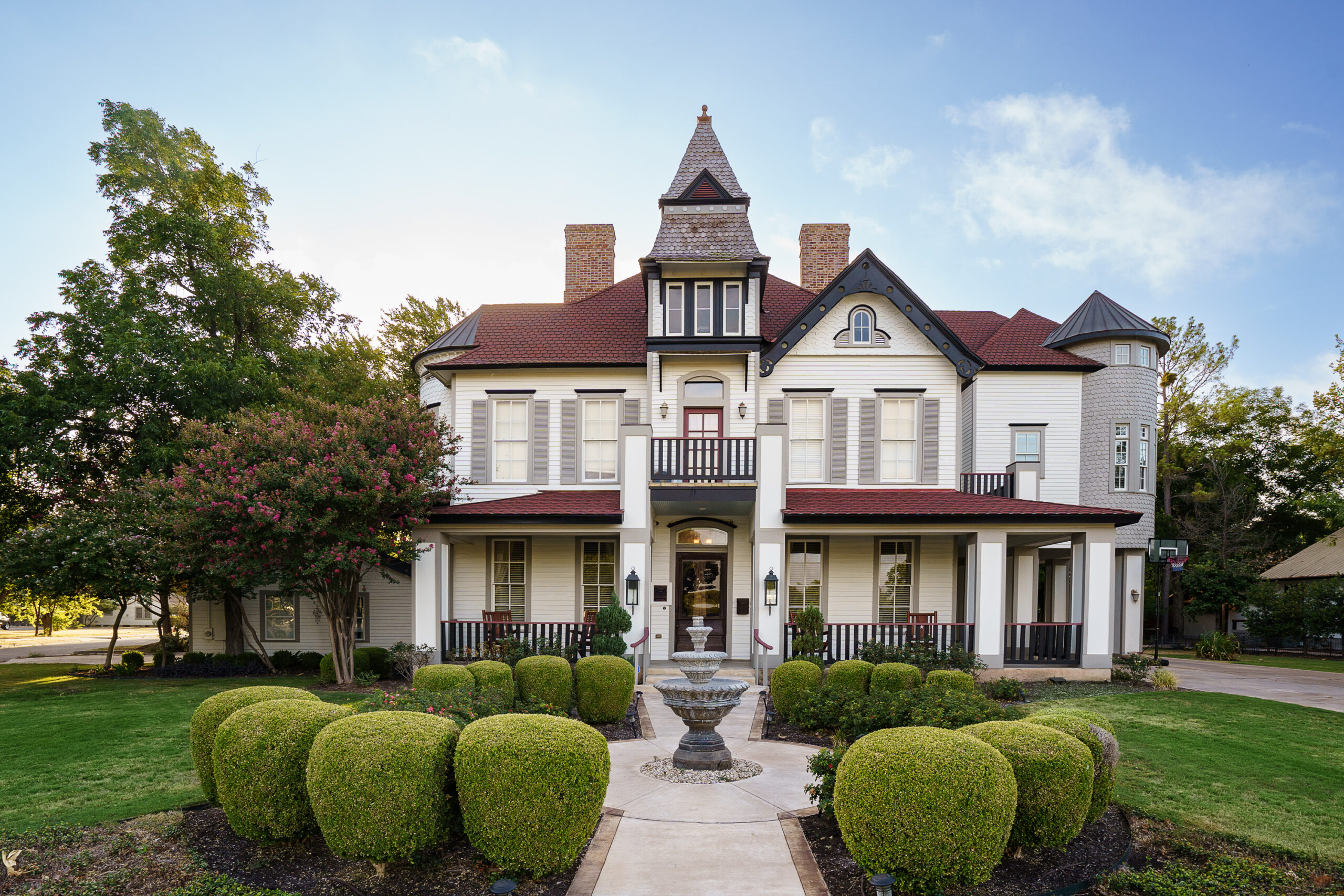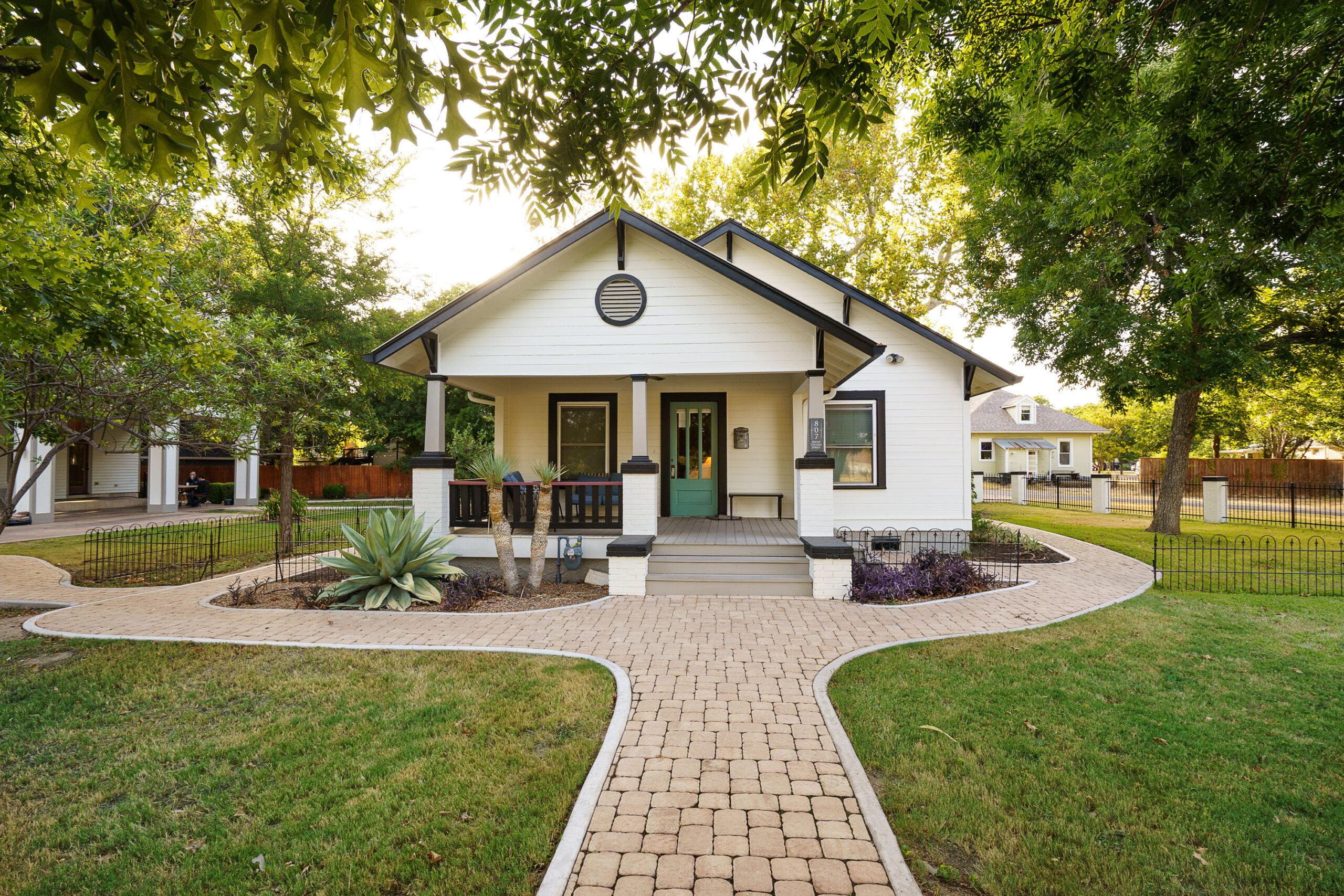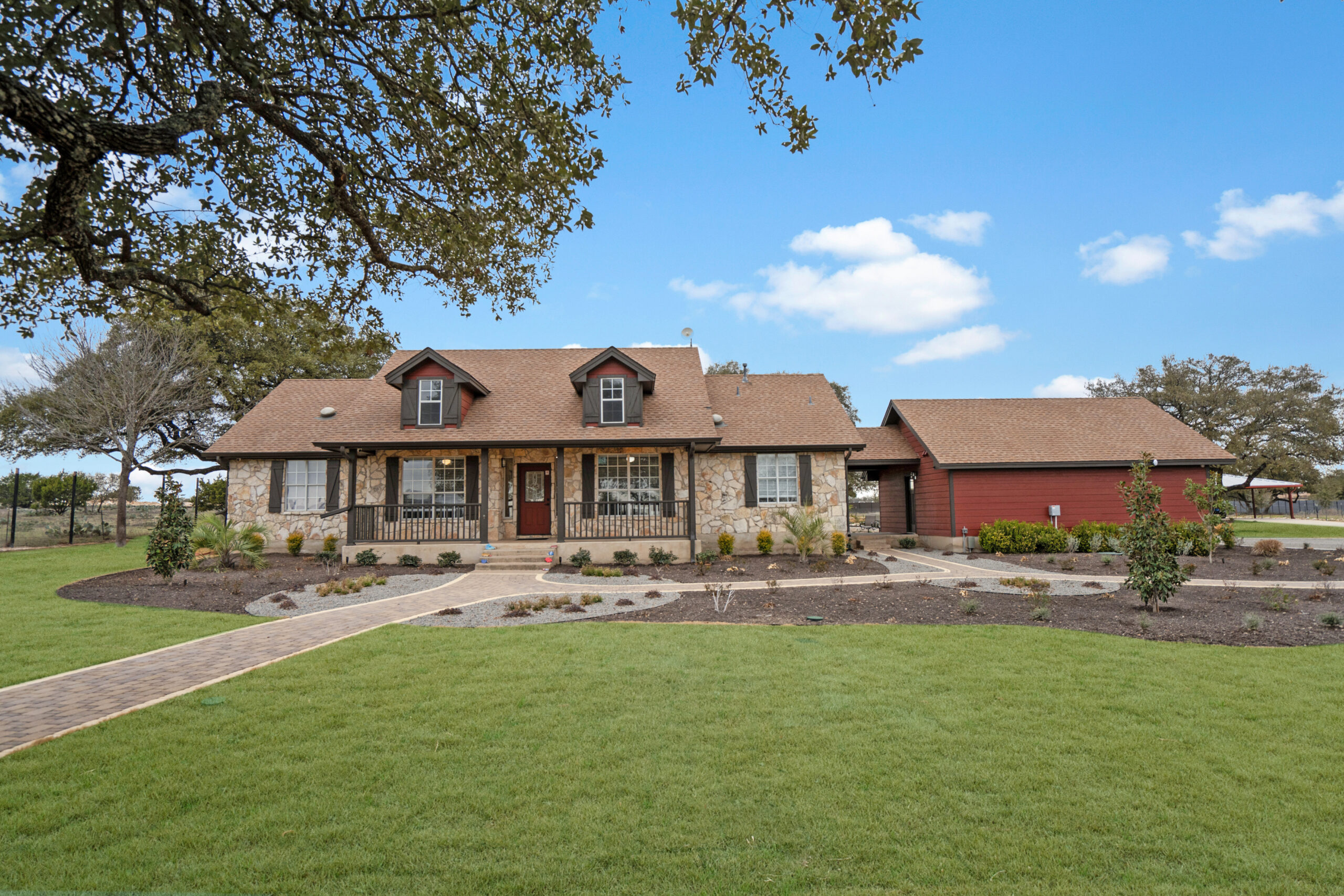Why is specialized treatment important for women with Borderline Personality Disorder?
Specialized treatment is critical for women with Borderline Personality Disorder (BPD) because the condition often manifests differently in women compared to men, influenced by various factors including societal expectations and hormonal changes. In my experience, when treatment is tailored specifically for women, it considers these nuances, offering a more effective path to recovery. For instance, dialectical behavior therapy (DBT) and cognitive behavioral therapy (CBT) are often adapted to address the emotional and psychological challenges faced by women with BPD. At Alta Loma, we’ve observed that this gender-specific approach not only improves symptom management but also enhances overall wellbeing by creating a supportive environment that acknowledges these unique challenges. It’s about helping women feel understood and supported, which can significantly impact their healing process.
What features make a BPD treatment clinic for women exceptional?
An exceptional BPD treatment clinic for women is distinguished by several key features. Firstly, comprehensive assessments are crucial as they help identify any co-occurring disorders, ensuring a holistic treatment plan. Moreover, offering gender-specific therapies like trauma-informed care is essential because many women with BPD have a history of trauma. The expertise and experience level of the professionals is another vital factor – therapists should specialize in BPD and understand the intricacies of working with female patients. A supportive and empathetic environment is non-negotiable, as it fosters trust and safety, two critical elements for effective therapy. Lastly, a holistic approach that includes mindfulness practices, nutrition, and physical health speaks to a commitment to the overall well-being of the patient. At Alta Loma, we integrate these elements into our programs to help women thrive beyond just managing their symptoms.
How are co-occurring disorders addressed in women with BPD?
Addressing co-occurring disorders in women with BPD is a fundamental aspect of effective treatment. It’s common for women with BPD to experience additional mental health challenges like anxiety or depression. Without addressing these, symptoms can become more pronounced. At Alta Loma, we take an integrated care approach, combining therapies like CBT with medication management to tackle these overlapping issues. The goal is not just to treat BPD in isolation but to enhance overall life quality. An example I often share is of a patient who, by addressing both her anxiety and BPD, was able to break free from a cycle of emotional turmoil that had previously seemed insurmountable. By offering comprehensive resources, we empower women to reclaim control over their mental health.
How can families support their loved ones receiving treatment for BPD?
Families play an instrumental role in the recovery journey of women undergoing treatment for BPD. Education is the first step – understanding BPD helps families offer informed support. Encouraging therapy participation and practicing patience are also crucial since recovery is a process that takes time. Setting healthy boundaries is necessary for both the patient and family members, ensuring everyone’s wellbeing is maintained. Furthermore, participating in family therapy sessions can enhance communication and understanding, bridging gaps that might otherwise hinder recovery. At Alta Loma, we advocate for family integration into treatment plans as it significantly supports the healing process. It’s heartening to see how family involvement can transform the recovery landscape, providing an extended support system for the patient.
What are the differences between inpatient and outpatient treatment options for women with BPD?
Inpatient and outpatient treatment options offer distinct benefits for women with BPD, and the choice between them can depend on various factors, including the severity of symptoms and personal circumstances. Inpatient care provides a structured, immersive environment with 24-hour support, which is particularly beneficial for those who require intensive intervention. It allows patients to focus entirely on recovery without the distractions of daily life. Outpatient programs, on the other hand, offer flexibility, enabling women to continue with their routine activities while receiving treatment. At Alta Loma, we often see patients transition from inpatient to outpatient care as they gain stability, making it a comprehensive treatment journey. Deciding which option suits a patient best involves considering personal goals and current life challenges. This choice can significantly impact the trajectory of their recovery.
How should one go about finding the right BPD treatment clinic for women?
Finding the right BPD treatment clinic for women involves a thoughtful research process. It’s essential to look for clinics that specialize in women’s mental health and offer personalized treatment plans. Important factors include the clinic’s location, cost, and treatment modalities. Personal recommendations and reviews can provide insights into a clinic’s reputation. Additionally, reaching out to clinics with questions about their therapeutic approaches and staff qualifications can ensure alignment with your personal needs. Remember, the right clinic is one where you feel understood and supported. At Alta Loma, we emphasize the importance of a welcoming environment that fosters dignity and hope, essential for any transformative journey toward healing.







